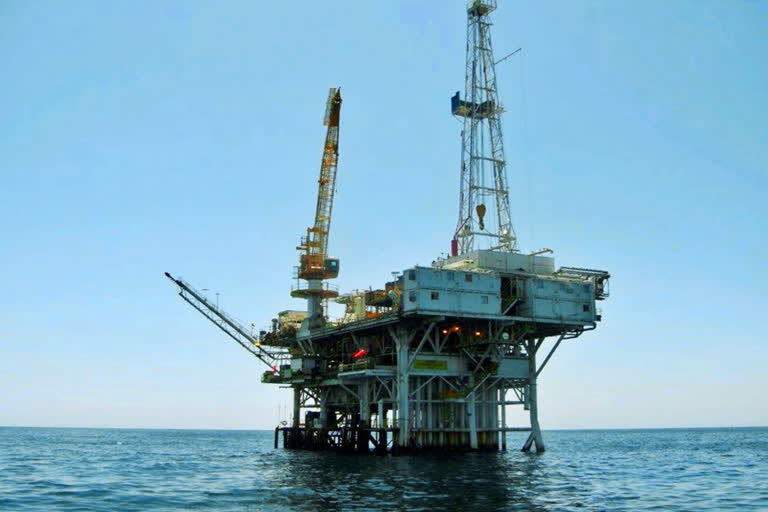Sacramento (California): California has been a leader in restricting offshore oil drilling since the infamous 1969 Santa Barbara spill that sparked the modern environmental movement, and the latest spill off Huntington Beach is prompting fresh calls for an end to such drilling.
That's easier said than done, even in California. While the state hasn't issued a new lease in state water in five decades, drilling from existing platforms continues. Similarly, an effort in Congress that aims to halt new drilling in federal waters — more than 3 miles (4.8 kilometres) off the coast — wouldn't stop drilling that's already happening.
Speaking from Huntington Beach on Tuesday, California Gov. Gavin Newsom acknowledged it's easier to resist new drilling than to wind down what already exists.
“Banning new drilling is not complicated,” he said. “The deeper question is how do you transition and still protect the workforce?"
Today, there are 19 oil and gas agreements in California's coastal waters and 1,200 active wells. In federal waters, there are 23 oil and gas production facilities off the state's coast.
A pipeline connected to one of those platforms in federal waters, run by Houston-based Amplify Energy, has spilled up to 126,000 gallons (572,807 litres) of heavy crude in one of the worst oil spills in recent California history.
Newsom said there is now a new sense of urgency to curb oil production, including by issuing more permits for well abandonment.
Also read:Ship's anchor may have caused massive California oil spill
“It’s time, once and for all, to disabuse ourselves that this has to be part of our future. This is part of our past,” he said alongside other elected officials.
California remains the nation's seventh-largest oil producing state, and winding down the state's oil production has proved politically difficult. The industry employs more than 150,000 people and the state makes money from oil and gas leases.
Newsom highlighted the steps he's taken to curb reliance on oil since he took office in 2019, including a plan to end oil production in the state by 2045 and stop selling new gas-powered cars by 2035. Still, his administration continues to issue new oil drilling permits offshore and on land, though in 2020 it issued more permits to close wells than to open new ones, said Jacob Roper, a spokesman for the state Department of Conservation.
Offshore, there are nearly 1,200 active wells in California waters, according to state data compiled by FracTracker Alliance. About 370 wells are idle, while nearly 1,300 have been plugged. Five permits have been granted to drill new offshore wells during Newsom's tenure, according to the group.
Efforts to plug and decommission several state oil platforms are underway, but the process is costly and time consuming. It's expected to cost more than $800 million to decommission wells in the Wilmington Oil Fields off the coast of Long Beach. The state has just $300 million set aside.
“It boils down to finances and priorities,” Democratic state Assemblyman Patrick O’Donnell said. “I would hope that as we move forward we look at those wells ceasing to operate as soon as possible.”
California’s congressional delegation, including both Democratic senators, has introduced legislation to permanently ban new oil and gas drilling in federal waters off the coast of California, Oregon and Washington.
The bill, which lawmakers hope to include in a multitrillion-dollar social and environmental package being pushed by Democrats, would not affect existing leases that have been issued to longstanding oil platforms that were built from the late 1960s to early 1990s. Many California oil platforms like Platform Elly, where the recent spill occurred, have reached or exceeded their expected lifespan.
